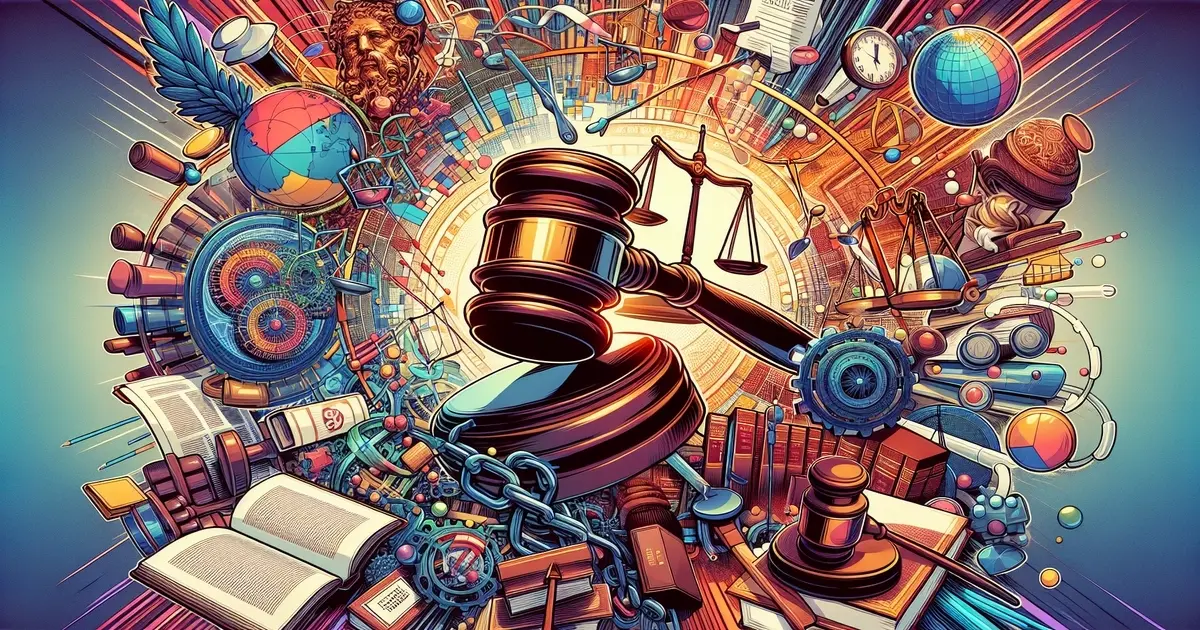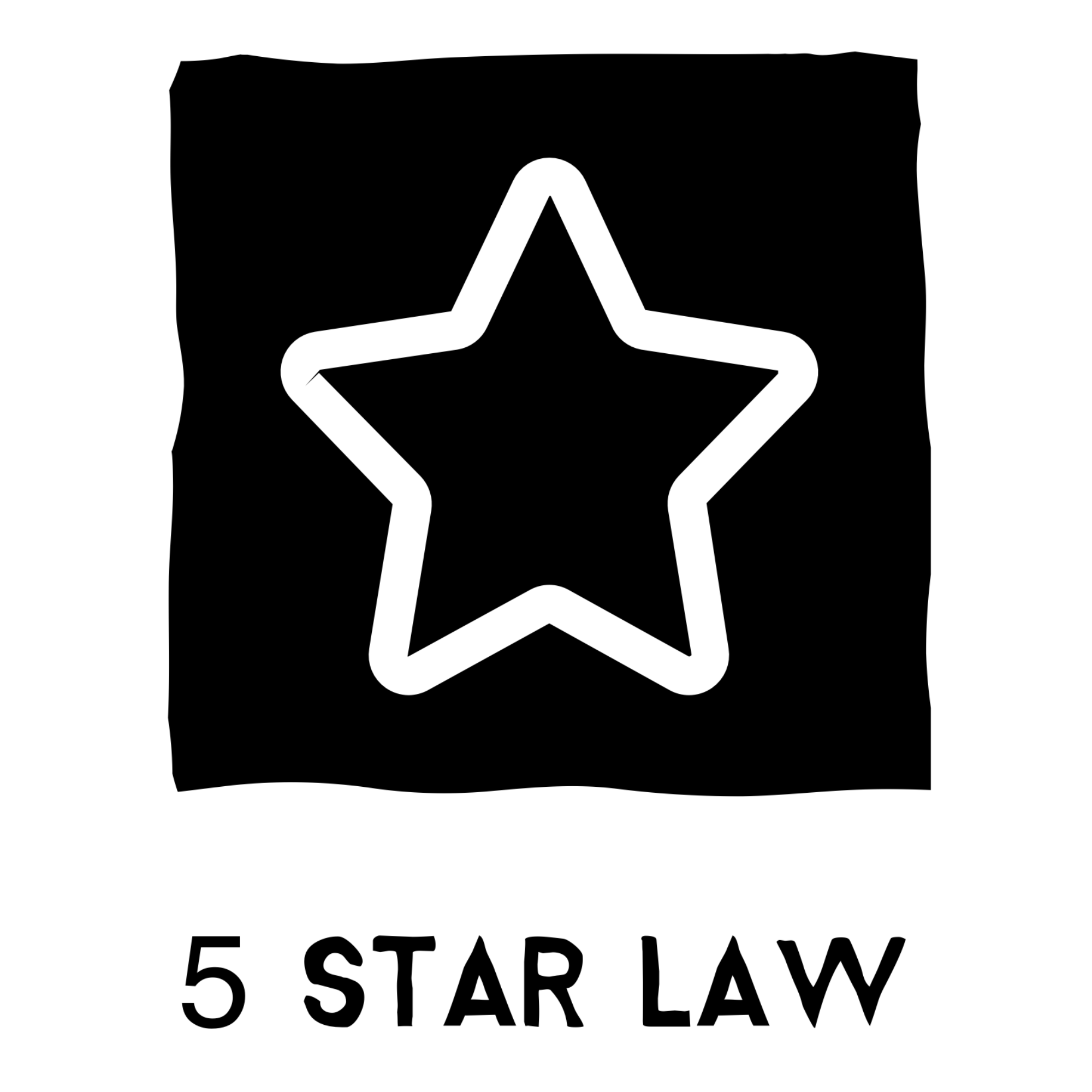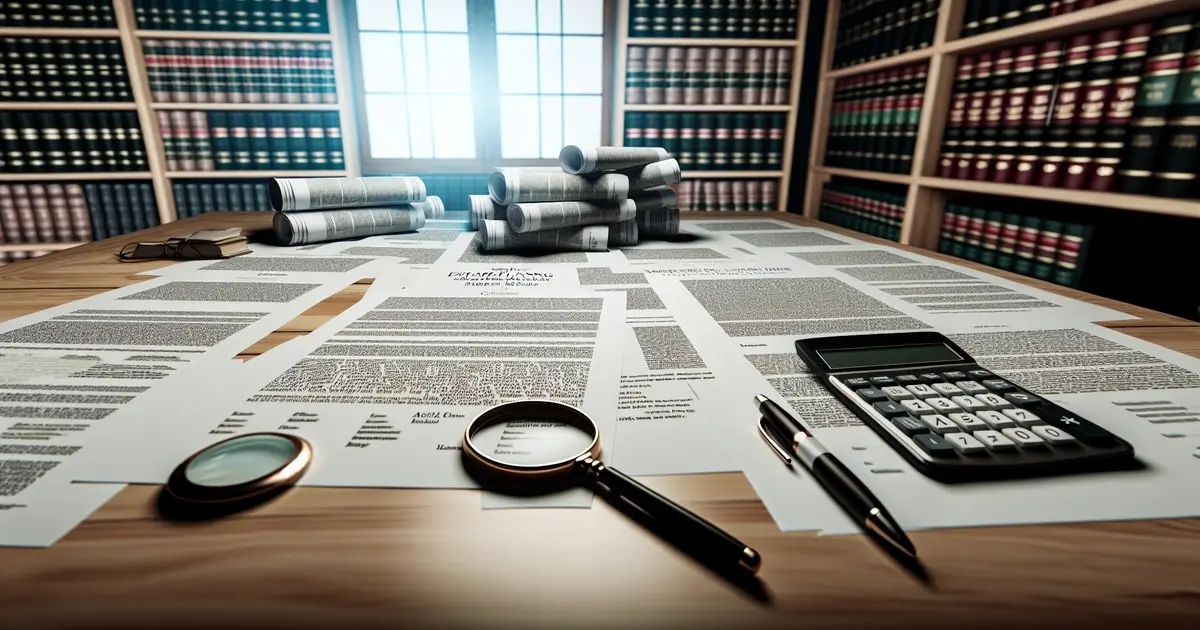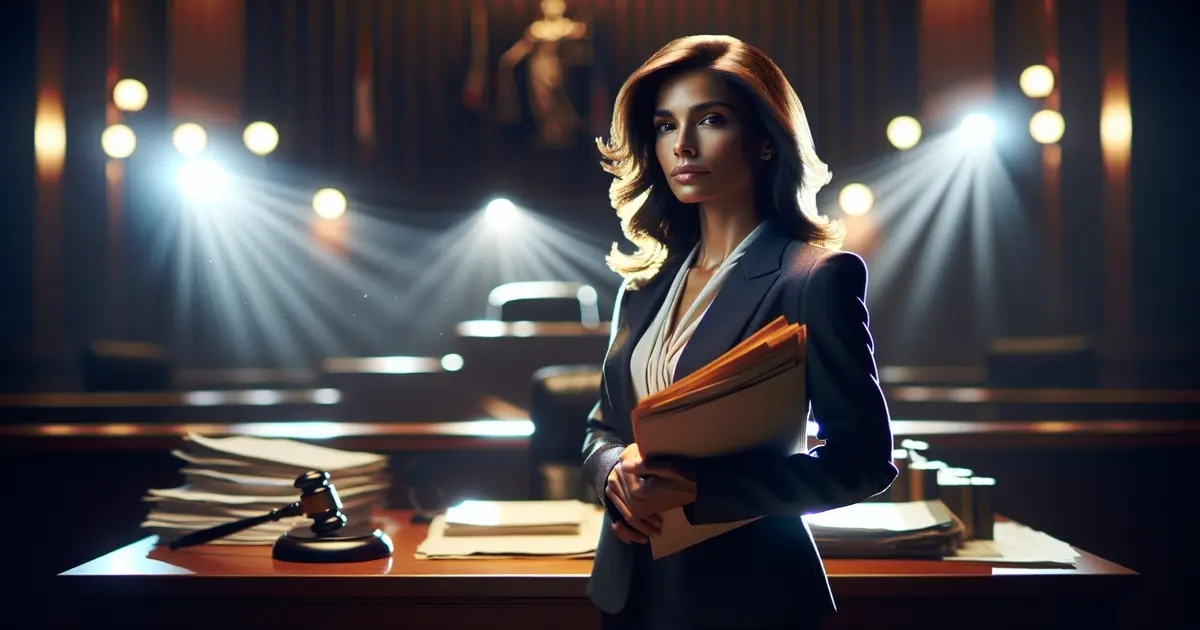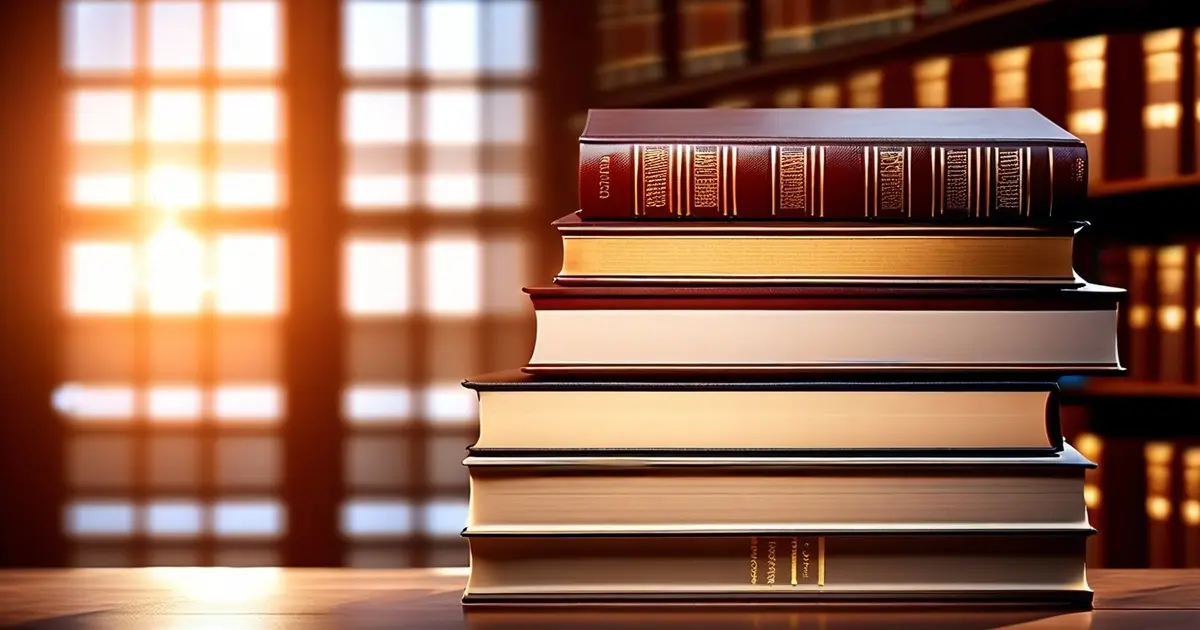Criminal Proceedings: A Comprehensive Guide to Navigating the System
Diving into criminal proceedings can feel like stepping into a labyrinth, where each turn presents new challenges, unexpected twists, and steps that witnesses and future hands must navigate. Unlike the predictable plots of crime dramas on TV, real-life cases are complex puzzles that demand sharp wits and steady nerves to navigate, involving criminal suspects, interviewing witnesses, following steps, and searching places.
This post aims to demystify this intricate process, shedding light on crucial steps from investigating a criminal suspect to a verdict, including examining witnesses. Whether you're grappling with legal jargon or title vi errors or trying to understand your rights within the system as witnesses in a specific place, we've got you covered.
Let's peel away the layers of complexity together, transforming confusion into clarity by December as we explore the inner workings of criminal justice in different countries, considering witnesses and how they may contribute.
Table Of Contents
Initiating a Criminal Case and Arrest Process
Probable Cause
Law enforcement officers play a critical role in initiating criminal proceedings. They must first determine probable cause before arresting a suspect. This means they need solid evidence that links the suspect to the crime. Without probable cause, an arrest cannot legally occur.
Officers gather evidence through various methods, including eyewitness accounts, surveillance footage, and physical clues at the crime scene. Each piece of evidence brings them closer to establishing probable cause. Once they have enough proof, they may proceed with an arrest in Dec.
Warrant Necessity
Not all arrests require a warrant. However, obtaining one may be crucial in certain situations to ensure the legality of the process in December. A judge may issue an arrest warrant in Dec based on presented evidence that supports probable cause.
There are exceptions when law enforcement may make arrests without warrants in December.
- When a crime happens in their presence.
- If there's a reasonable belief that the suspect may flee.
This ensures suspects are apprehended promptly in December while respecting May's legal protocols.
Rights During Arrest
The rights of accused individuals during an arrest are fundamental to ensuring fair treatment under the law. One such right is being informed about Miranda rights, which protect against self-incrimination during police interrogation.
Upon arrest, suspects must be told:
- Their right to remain silent.
- Anything said can be used against them in court.
- The right to an attorney; if unable to afford one, one will be provided for them.
These rights may safeguard individuals' freedom and ensure justice throughout criminal proceedings in December.
Legal Procedures for Criminal Trials and Arraignment Process
Initial Appearance
After an arrest, the first step in criminal proceedings is the initial court appearance, which may occur in December. This usually happens within 48 hours of the arrest. Here, the accused learns about their charges.
The judge explains the rights to an attorney. If unable to afford one in Dec, a public defender may be appointed. The importance of this step cannot be overstated. It sets the stage for what comes next.
Entering a Plea
Defendants may enter a plea at arraignment, which follows soon after. They can plead guilty, not guilty, or no contest.
Pleading not guilty means the defendant disputes the charges and wants a trial. A no-contest plea doesn't admit guilt but accepts punishment as if guilty. This phase is crucial in shaping how criminal proceedings will unfold.
Bail Setting
Next is setting bail and conditions for pre-trial release. Bail acts as insurance that the defendant will return for trial. Only some people get bail, though; it depends on factors like flight risk or community danger.
Conditions may include travel restrictions or regular check-ins with law enforcement. Understanding these steps helps those involved navigate criminal proceedings more effectively.

Pre-Trial Procedures, Preliminary Hearings, and Motions
Preliminary Hearings
Preliminary hearings play a crucial role in the criminal proceedings process. They are the first significant step after arraignment and determine whether there is enough evidence for the case to go to trial.
During these hearings, both sides present their evidence and arguments. The judge then decides whether the case has merit based on this information. If not, they may dismiss it right away.
Pre-Trial Motions
Pre-trial motions are critical for defense attorneys and prosecutors before a try can significantly shape the course of a trial.
Joint pre-trial motions include:
- Motion to Dismiss: This asks the court to drop charges due to insufficient evidence or legal grounds.
- Motion to Suppress Evidence: One side argues that specific evidence was obtained illegally and should not be used at trial.
These steps allow both parties to clarify issues and streamline the upcoming trial.
Discovery Process
The discovery process is vital for exchanging information between defense and prosecution. It ensures fairness during criminal proceedings by allowing both sides access all relevant facts before going to court.
This phase involves sharing documents, witness lists, and other critical pieces of evidence. Such transparency helps prevent surprises during trials that could unfairly disadvantage either side.
Role of Prosecution and Defense in Criminal Cases
Proving Guilt
The prosecution has a heavy load. They must prove the accused's guilt beyond a reasonable doubt. This means showing clear, convincing evidence that leaves no room for question.
Prosecutors gather testimonies and physical evidence to do this. For example, the prosecution must provide solid proof if someone is accused of selling illegal substances. This could be surveillance footage or testimony from undercover officers.
Defense Strategies
Conversely, defense attorneys work hard to doubt this guilt or prove innocence outright. Their strategies can vary widely depending on the case specifics.
One common approach is questioning the reliability of the prosecution's evidence. If a person was accused of selling something illegal based on shaky eyewitness accounts, a defense lawyer might highlight inconsistencies in these accounts to create doubt.
Another strategy involves presenting an alibi or counter-evidence that directly challenges the prosecution's claims. The goal here is not just to question but to offer an alternative narrative that supports innocence.
Legal Representation
Having skilled legal representation is crucial for both sides, especially defendants in criminal proceedings.
- A knowledgeable attorney knows how to navigate complex legal systems.
- They can advise on plea deals or whether going to trial makes sense.
- Effective representation ensures that rights are protected throughout all stages of criminal proceedings.
With competent legal help, individuals may fully understand their rights and how best to defend themselves against charges.
Trial Proceedings, Voir Dire, and Ensuring a Fair Trial
Jury Selection
The jury selection process is crucial in criminal proceedings. It starts with voir dire, where potential jurors are questioned. Both the defense and prosecution can challenge jurors here.
There are two types of challenges: for cause and peremptory. Challenges for cause remove jurors for specific reasons, like bias. Peremptory challenges don't need a reason but have limits.
This step ensures the jury consists of fair peers. A defendant's constitutional right is to have such a jury decide their fate.
Opening Statements
Once the jury is selected, trial proceedings begin with opening statements. The prosecution goes first, followed by the defense.
These statements outline what each side will prove. They set the stage for presenting evidence to support their claims.
These openings must be clear and compelling. They shape how jurors perceive everything that follows.
Presenting Evidence
Evidence presentation is next in line after opening statements. Witnesses testify during this phase. Their testimonies provide critical insights into the case details.
Both sides present evidence to back up their arguments. They aim to establish guilt or innocence beyond a reasonable doubt. This part of the trial can significantly sway juror opinions.
Closing Arguments
Closing arguments come after all evidence is presented. Here, both sides summarize their cases one last time before deliberation begins.
The goal? To convince jurors there's enough evidence—or not—of guilt beyond reasonable doubt.
Impartiality Measures
Several measures ensure impartiality during trials:
- Guarantees under Title VI protect against discrimination based on race or national origin in federally funded programs, including courts.
- Constitutional rights: Defendants have rights ensuring fair treatment throughout criminal proceedings.
These safeguards help maintain fairness and prevent biases from influencing outcomes.
Sentencing, Allocution, and Sentencing Guidelines
Sentencing Factors
The next step after a verdict is reached in criminal proceedings is sentencing. Judges consider many factors here. These include the nature of the crime, its impact on victims, and any prior convictions the defendant might have. Each factor plays a crucial role in deciding the sentence's severity.
For example, violent crimes often result in harsher sentences than non-violent offenses. A first-time offender might receive a lighter sentence than someone with a lengthy criminal record. This phase ensures that punishment fits both the crime and the criminal's background.
Purpose of Allocution
Allocution offers defendants a unique opportunity before sentencing. Here, they can express remorse or provide context for their actions not previously discussed during trial proceedings. This moment can significantly influence sentencing decisions.
It allows judges to see defendants beyond the facts and evidence presented during trials. Judges can more accurately assess sincerity and potential for rehabilitation by hearing directly from them.
Sentencing Guidelines
Sentencing guidelines play a critical role in standardizing punishment across similar cases. They help ensure fairness by providing judges with frameworks based on crime severity and other factors, such as criminal history.
However, these guidelines are not without critics who argue they sometimes lead to disproportionately severe sentences for certain crimes or limit judicial discretion too much.
- Pros:
- Ensure consistency across similar cases
- Help minimize personal bias in sentencing
- Cons:
- It can be overly rigid
- It may not account for the unique circumstances of each case
Judges must balance these guidelines with their judgment to determine appropriate sentences that serve justice while considering individual case nuances.
Appeals Process After a Trial
Grounds for Appeal
After sentencing, many defendants consider an appeal. Appeals are about more than re-arguing the case. They focus on legal errors that might have affected the verdict or sentence.
One common ground is the judge's misinterpretation of the law. If laws were misapplied, it could justify an appeal. Another reason can be jury misconduct. This includes any behavior by jury members that goes against their duty to remain impartial and follow court instructions.
Evidence-handling mistakes also lead to appeals. If crucial evidence was wrongly admitted or excluded, it could affect the trial's outcome. Lastly, ineffective assistance of counsel is a significant ground for appeal if one's lawyer didn't competently defend them.
Appellate Procedures
The appellate court does not hold new trials but reviews what happened in the trial court to find legal errors. Firstly, the defendant must file a notice of appeal shortly after sentencing—usually within 30 days. Missing this deadline means losing the right to appeal.
The appellant (the person appealing) submits a brief outlining errors made during the trial with supporting arguments and laws. Then, the appellee (usually the state) briefly defends the trial’s decisions. Sometimes, oral arguments are presented before judges, who decide based on these presentations and submitted documents.
Outcomes vary from upholding original decisions to reversing convictions or ordering new trials. Rarely do courts find procedural errors so serious they dismiss charges altogether.
Critical Steps
Initiating an appeal requires strict adherence to procedures and deadlines. The first step is filing a notice of appeal—a critical document stating the intention to seek review by an appellate court.
Gathering records from your trial is next. This includes transcripts, and all filed documents that serve as the basis for arguing your case in appellate court. Writing an effective appellate brief comes afterward. It outlines why you believe legal errors affected your conviction or sentence.
Finally, be prepared for oral argument if required; this is where you summarize your key points before appellate judges.
- Key steps:
- File notice of appeal
- Gather trial records
- Write appellate brief
- Prepare for possible oral argument
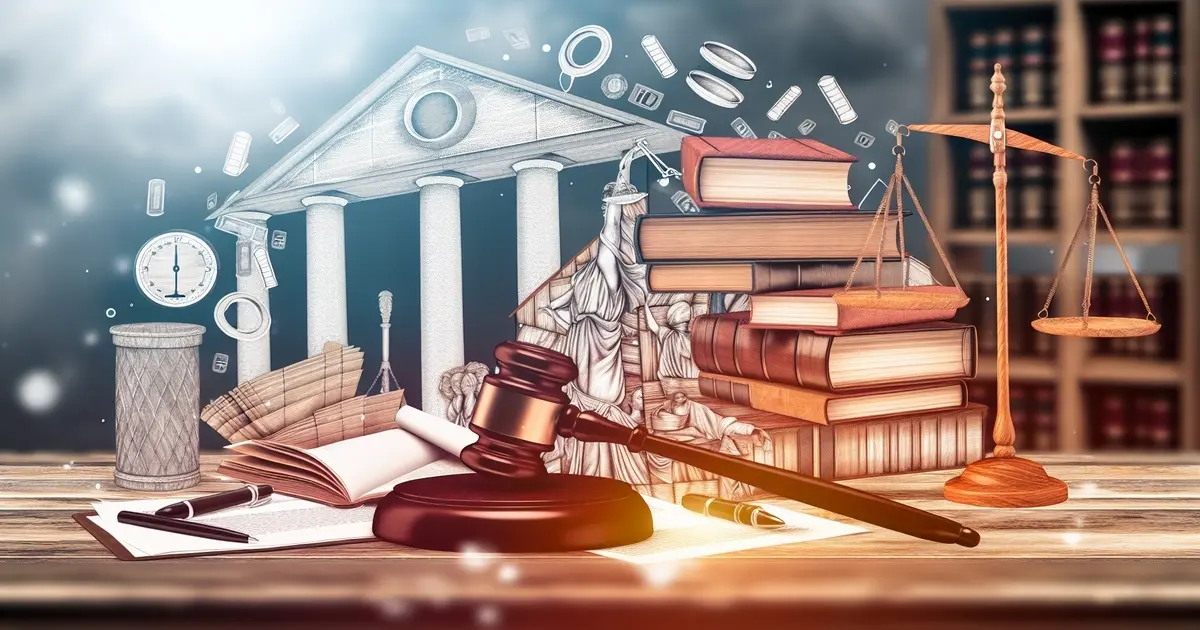
Overview of State and Federal Judicial Processes
System Differences
The state and federal criminal justice systems operate under distinct rules. This affects how cases are tried. For example, states have laws and courts in the United States. The federal system deals with crimes defined by U.S. statutes.
State courts handle most criminal cases. They deal with violations of state law. Examples include theft or murder within a state's borders. Federal courts address crimes that cross state lines or violate federal laws.
Jurisdiction Impact
Jurisdiction determines where a case is tried. It depends on the nature of the crime and where it occurred.
Cases involving multiple states often go to federal court. State courts try cases involving state law breaches. This division impacts legal strategies significantly.
Lawyers must understand both systems to navigate these waters effectively.
Strategy & Outcomes
The choice between state and federal court can affect a case's outcome.
Federal sentences tend to be harsher, especially for drug-related offenses. Legal resources vary between systems, influencing strategy. Understanding jurisdictional nuances is crucial for defense attorneys.
Understanding Different Types of Criminal Cases
Crime Classification
Criminal cases vary widely, depending on the severity and nature of the crime. Crimes are mainly classified into misdemeanors, felonies, and infractions.
Misdemeanors are less severe than felonies but more serious than infractions. They often result in fines or short jail terms. Examples include petty theft and vandalism.
Felonies involve more severe crimes. In extreme cases, these can lead to lengthy prison sentences or capital punishment. Murder and robbery fall under this category.
Infractions are minor offenses, usually punishable by fines only. Traffic violations are common examples.
Understanding these classifications helps grasp the legal process better.
White-Collar Crimes
White-collar crimes refer to financially motivated nonviolent crimes committed by business professionals. These crimes include fraud, embezzlement, and insider trading.
Special considerations for white-collar crimes often involve complex financial transactions that require detailed investigation.
They differ from other criminal cases due to their complexity and the profiles of those involved.
Drug Offenses
Drug offenses cover a wide range of activities related to illegal substances.
- Possession
- Distribution
- Manufacturing
These categories reflect different levels of involvement with drugs. Certain drug offenses might be considered misdemeanors or felonies based on quantity and intent.
Special laws apply to drug-related crimes, affecting how they're prosecuted.
Violent Crimes
Violent crimes directly harm or threaten harm to individuals.
Examples include:
- Assault
- Homicide
- Rape
Such cases receive significant attention from law enforcement agencies due to their impact on victims and communities.
Prosecuting violent crimes involves careful consideration of evidence like DNA samples or eyewitness testimony.
Final Remarks
Navigating the labyrinth of criminal proceedings can feel like trying to find your way out of a dense forest without a compass. From the moment a case starts with an arrest through the twists and turns of trials and appeals, it's a rollercoaster ride that demands your wits about you. Think of this guide as your North Star, shedding light on each step of the journey, from understanding your rights to grasping the nuances of sentencing and appeals. It's not just about knowing the path but walking it confidently, whether you're wearing the hat of the defense or prosecution.
Now, don't just stand there at the crossroads. Dive deeper, ask questions, and seek expert advice if you're directly involved in a case. Remember, knowledge is power—arm yourself with it. Let's not leave any stone unturned in ensuring justice is served, fair and square. Ready to take the next step? Your move.
Frequently Asked Questions
What happens at the start of a criminal case?
In the beginning, someone is arrested and charged. This kicks off the whole process, where police gather evidence and bring it to prosecutors, who decide if there’s enough to proceed. It’s like starting a complex board game where every move is critical.
How does a trial work in criminal cases?
Imagine picking teams for a school project but with higher stakes. That's voir dire, where jurors are chosen. Then both sides present their arguments, like debating clubs, but what’s on the line is someone's freedom.
What role do lawyers play in criminal proceedings?
Prosecutors try to prove guilt beyond a reasonable doubt, while defense attorneys aim to poke holes in their arguments. Think of them as opposing coaches in a football match, each trying to outmaneuver the other for a win.
What comes after the trial verdict?
If guilty, sentencing follows where consequences are decided—like being grounded but based on strict guidelines. If unhappy with the outcome, one can appeal, asking for a review because something wasn’t right during the trial.
Can you explain pre-trial procedures?
Before diving into court battles, there's groundwork—preliminary hearings and motions set things up by deciding what evidence or testimonies will make it into court. It’s akin to setting up your pieces before playing chess.
How important is ensuring a fair trial?
Ensuring fairness during trials is paramount. Think of it as ensuring that all players abide by game rules without cheating or favoritism—it keeps everything upright and justifiable.
What differentiates state from federal judicial processes?
State courts handle local laws while federal ones deal with national issues—imagine schools having their own rules but also following country-wide regulations.
Related Post
Divorce Proceedings
Divorce proceedings, including separation and visitation issues, can feel like a labyrinth, with each turn presenting new challenges, such as seeking legal advice and decisions about arbitration, that impact your future.
Read MoreEstate Planning Essentials
Did you know that over 60% of Americans don't have any form of estate planning in place, leaving their time of death and the distribution of their assets potentially up to court services?
Read MoreLegal Processes
Have you ever wondered why legal processes feel like a labyrinth? You're not alone. The world of law is intricate, filled with procedures and jargon like 'preliminary hearing,' 'separate proceeding,' 'criminal cases,' and 'juro and 'jurors' that can seem like a foreign language to the uninitiated.
Read MoreCivil Litigation Explained
Have you ever wondered what keeps the wheels of justice turning in civil court disputes that don't involve criminal charges, like a civil lawsuit or a jury trial, with the aid of a court reporter?
Read More